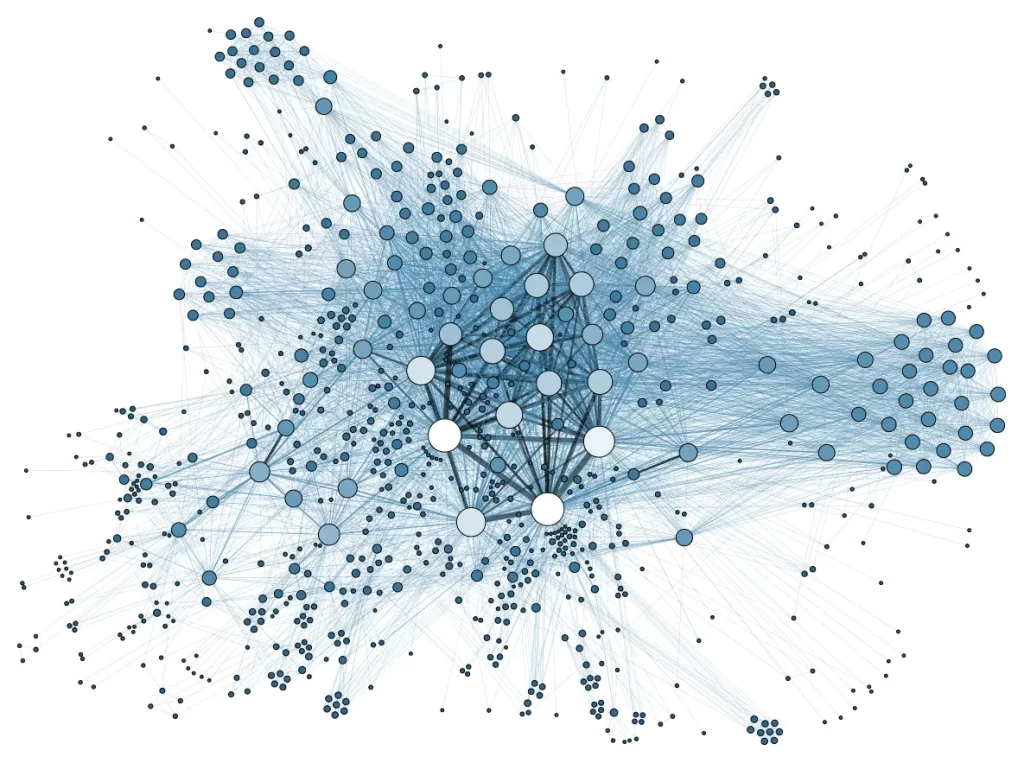
It’s an exciting time for organizational pioneers. The self-management movement seems to have reached a critical mass and is now growing exponentially, with more and more organizational leaders opting for self-organization and emergent order in lieu of top-down “command and control” structure.
Now, when seeking an alternative to the management hierarchy, the question becomes: “How?”

How does the CEO who recognizes his own limitations unleash the collective intelligence of the organization? How does that CEO replace old top-down or static processes with ones powered by self-organization and dynamic, peer-to-peer control?
Developing a self-management framework on your own
Here is what developing a self-management framework might look like:
Phase 1: The CEO decides to shift from an organizational framework that centralizes power primarily in a management caste to one that enables everyone in the system to use power for the organization’s purpose.
Phase 2: The CEO defines some new core operational processes that are more empowering and don’t require top-down management to enact. These may include new approaches to compensation, budgeting, project management, hiring, firing, or any other process critical to that unique organization’s operations. The CEO may also dictate a process for making general decisions outside of those specific processes, such as dictating some form of “advice process”, or this may be left unspecified (and likely default to a consensus-based approach).
Phase 3: The CEO continues to iterate on the designs of these new self-organizing processes for many years, driving their improvement and removing the issues that inevitably arise when altering the fundamental way decisions get made in a company. When people run into obstacles with these key processes, they either work around them or escalate to the CEO to get buy-in to enact a change.

Phase 4: After many years of experimentation, you have a largely self-managing system! . . . except that there’s still a superhero CEO at the top who holds the power to change the organization’s core self-management processes at will, and may intervene for key decisions or to settle disputes.
This shift is powerful. With an intelligent, visionary leader holding the reins, this can go a long way towards transforming a company into an agile, self-managing system.
And yet, with this approach, much still rests upon the wisdom of the figure at the top, and his or her ability to integrate input from the rest of the organization. What happens when the CEO’s vision and judgement are partial (as they always will be, at least some of the time)? Or when a change at the board level installs a less open-minded CEO? The above pathway to self-management is only as strong as the CEO’s worst day — or the Board’s.
I know this first-hand: It’s the path I took as a CEO 15 years ago. It was during this time that I discovered the biggest obstacle to implementing a fully self-managing company was often myself, despite my desire for a self-managing company.
Even on my good days, when I wasn’t the source of a bottleneck, it seemed just having a CEO invited others to give up some of their own power and autonomy to drive change. So I set about forging a new path — one that removed the need for a heroic CEO to carry the weight of the transformation.
The Holacracy organizational “operating system” was the result. It’s fundamentally different from other approaches to self-management, from the way it’s installed to the way it evolves. With Holacracy, organizations achieve self-management through self-management, within a framework that makes rapid experimentation easier for more people.
“Holacracy is not a panacea: it won’t resolve all of an organization’s tensions and dilemmas. But, in my experience, it does provide the most stable ground from which to recognize, frame, and address them.” — David Allen
Using the Holacracy framework
Here’s what the approach with the Holacracy framework might look like:
Phase 1: The CEO decides to shift from an organizational framework that centralizes power primarily in a management caste to one that enables everyone in the system to use power for the organization’s purpose. And the CEO decides he doesn’t want to be the superhero directing the organization’s specific implementation of self-management, but just another partner helping to bring it about.
Phase 2: Instead of defining all of the organization’s core processes himself, the CEO adopts the Holacracy Constitution. The Constitution introduces a “meta process” — in other words, a “rule set” for how anyone can evolve any other organizational boundaries or processes, without weighing in on what those other processes should be. Ironically, on Day 1 of this journey to self-management with the Holacracy Constitution, hiring, firing, and all other operational processes will look identical to the way they did before the decision to embrace self-management — except now anyone can change them, using the rules of the Constitution. That quickly leads to . . .
Phase 3: Individuals at all levels of the organization begin to iterate on the design of the organization’s various processes. When people run into real obstacles in the way things work, they use the rules of the Holacracy framework to update the organization’s specific processes. Over time, everyone helps evolve and adapt the organization’s own unique approach to self-management in all operational processes.

Phase 4: After many years of experimentation, you have a largely self-managing system! . . . Except this time, everyone was involved in defining the organization’s unique processes, and you no longer need a superhero CEO holding the reigns. In fact, there is no more CEO — someone may still carry that title in the external world if needed, but internally the title carries no special power or privilege. Many Holacracy-powered organizations simply drop the title entirely.
The journey with Holacracy has some advantages. The framework enables more stakeholders to get involved in evolving the organization’s design, so the journey to self-management can happen more quickly and take deeper root. Most organizations on this path further accelerate by copying and customizing some key processes from other Holacracy-powered organizations, thus benefiting from the collective wisdom of a larger community. That’s also possible without Holacracy, but it’s both easier and more likely when you have a common “language” or “framework” to describe those processes and how they work — something Holacracy provides.
With either approach, you end up with something unique — your own custom organizational design for self-managing key processes. Holacracy isn’t a one-size-fits-all prescriptive approach to self-management, and Holacracy-powered companies come in all shapes and sizes. Holacracy is simply a framework — a meta-process — to help you customize your own designs faster, more effectively, with more engagement from more people along the journey, and with less risk of getting stuck in the many possible pitfalls en route.
To learn more about self-management, join a community of pioneers and check out our e-courses → Self-Management Accelerator

